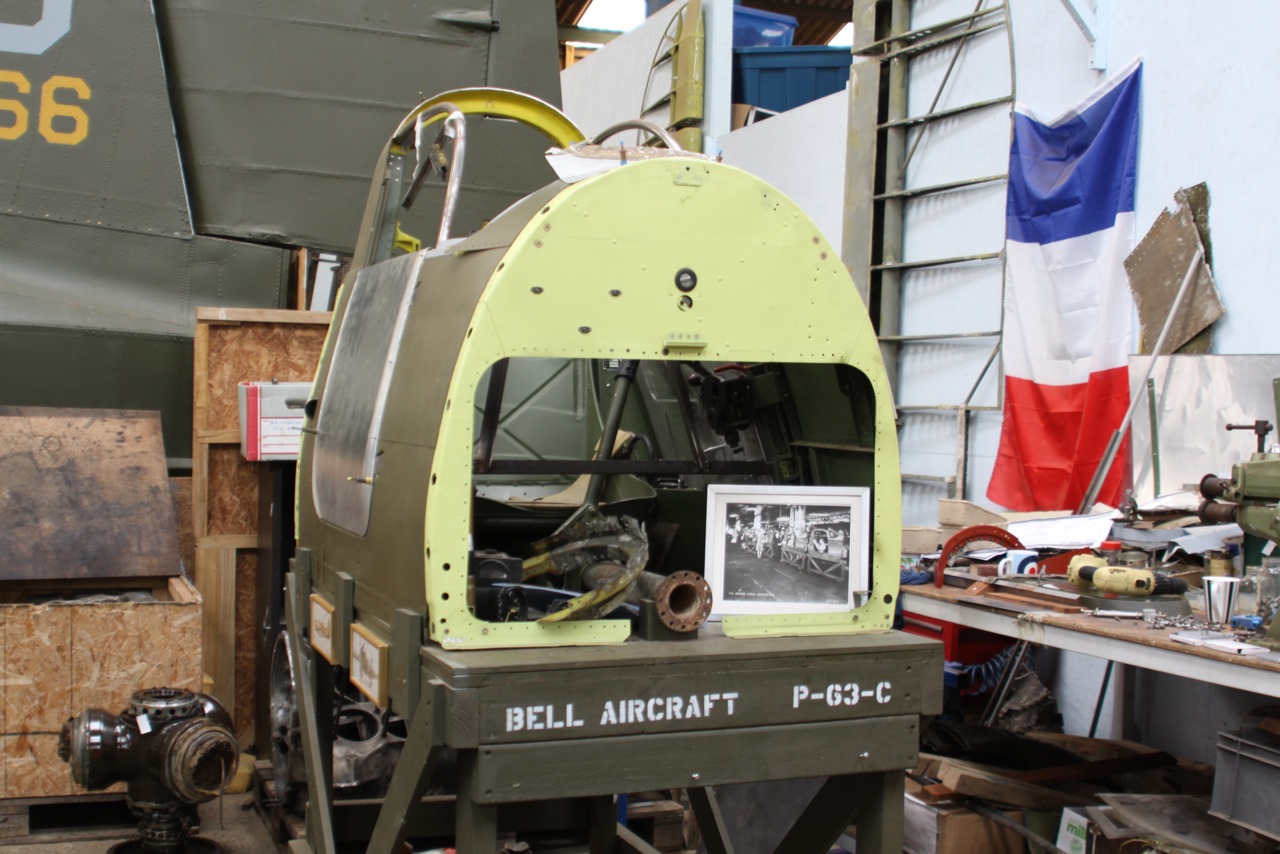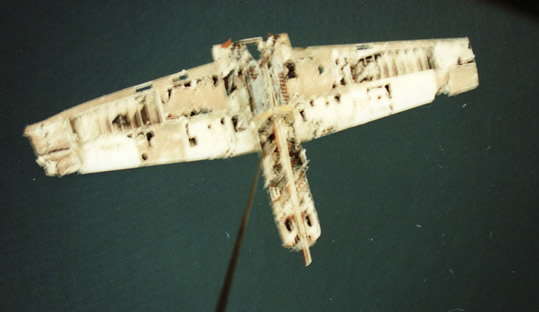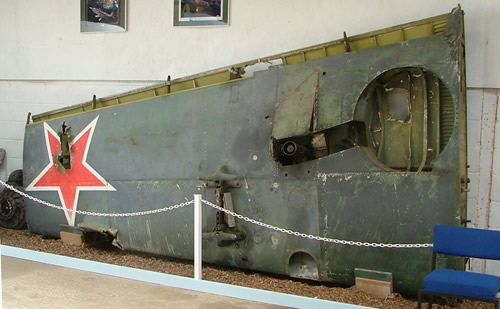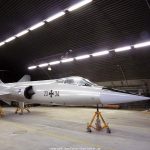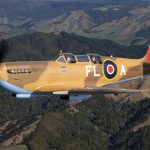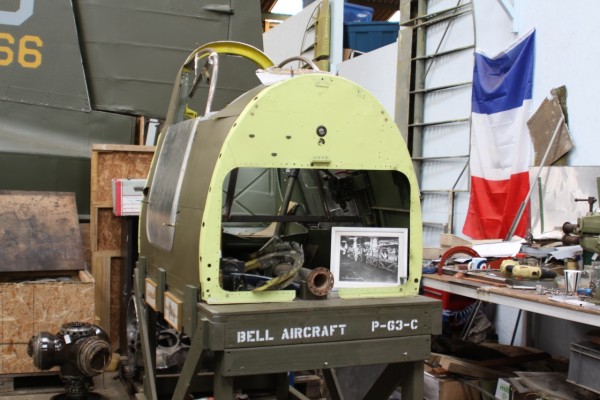
The UK based Wings Museum is restoring a P-63C Kingcobra, the restoration is based around the substantial remains of 43-11137. Accordingly to Aaron Simmons ,Wings Museum volunteer and Licenced Aircraft Technician, the aircraft maintains approximately 85% of its original structure.
The project was started in July 2010 and work is still very much ongoing. In early 2000 Doug Champlin the Hunt brothers embarked on a high risk deal to recover 6 x P-63 King Cobra air frames from the remote Kuril Islands.After much negotiation & democracy and working with reliable contacts, where many others had failed in the past, the P-63 air frames finally entered the UK around about 2001.The objective is to restore the aircraft to static condition for what it will become the only P-63 Kingcobra in the UK
The restoration team has to face few challenges ahead, primarily finding both cabin doors will be very difficult, the cockpit floor is absent as this actually forms part of the lower fuselage assembly and this will be worked on at a later date.At the moment the team has installed a wooden floor used as a working surface for temporary fit of equipment.
Simmons says: “With interest in the air wars of the Eastern front and further in the East in the Kuril islands becoming more wide spread, The P-63 is a fine example of these often “Forgotten air battles” of WW2.The Hunt brothers have at their disposal 6 recovered P-63 airframes & 4 sets of wings in various conditions, one fuselage in particular loaned itself very well to the first goal without committing or disturbing any of the other airframes. This particular P-63 cockpit was cut by the Russian’s just in front of the cabin bulk head. Since the P-63 cabin is constructed in a production jig the cabin sections are largely interchangeable. This seemed like a sensible starting point, in fact the P-63 is one of the few war birds where the cockpit is a separate factory assembly to the airframe. As interest and support grows it is hoped that the project can progress to the complete air frame. In fact the Hunt’s hold some very well preserved P-63 wings which would make any project that more viable.”
Since the P-63 cabin or cockpit is constructed in a production jig the cabin sections are largely interchangeable. The restoration team decided to start the restoration from the cockpit because it seemed like a sensible starting point, infact the P-63 is one of the few warbirds where the cockpit is a separate factory assembly to the airframe.This particular P-63 cockpit was cut by the Russian’s just in front of the cabin bulk head.
This restoration faces a lot of issues, in fact the propeller assembly is missing so is the rear fuselage structure, tail structure and the engine supercharger. The team hopes that through careful budgeting and trades these important components can be sourced. As often happens the museum’s funds are limited thus is unable to purchase expensive assembles that are more suited to a flying project.
The team is very keen to obtain any P-63 items that can aid the project, especially those items that would assist in the initial stages i.e. the immediate cabin area and surrounding areas.
The Hunt brothers went to Russia for various meetings with locals who helped to carry out the recovery of 6 P-63’s, one Mitsubishi A6M Zero, four Nakajima Ki-43 Hayabusa ( Oscar), a North American B–25 Mitchell cockpit, and a Nakajima B5N kate.
This winter t he team hopes to be to start working on one of the fuselages that are currently stored at a separate location. If you can help these guys contact them directly through the museum’s website. Visit Wings Museum.







